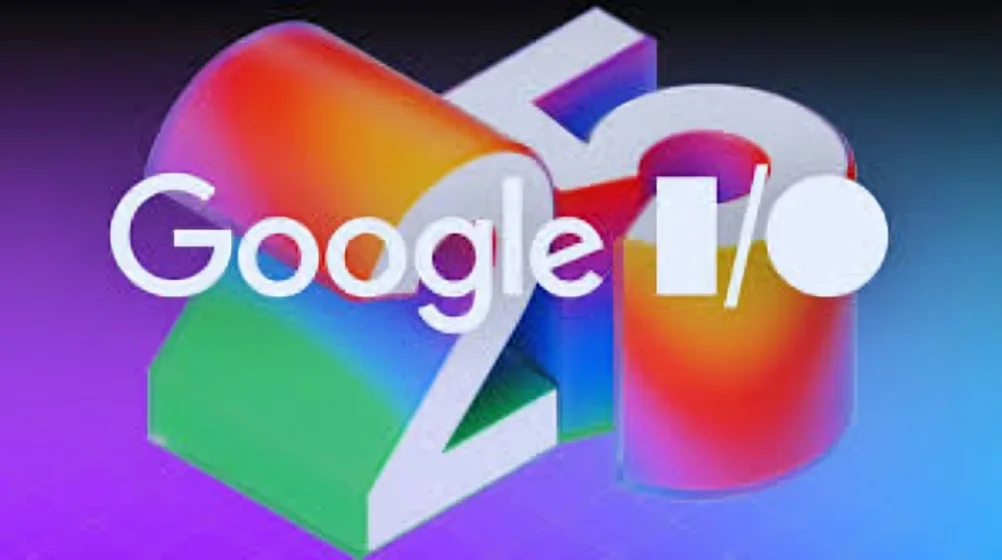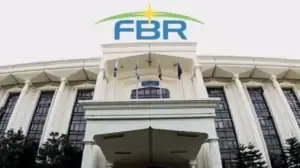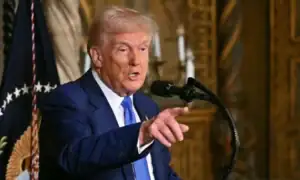In a bold leap toward AI-driven creativity, Google has launched its new image-to-video feature, a cutting-edge tool that transforms still images into realistic, high-quality videos using artificial intelligence.
This revolutionary technology is part of Google’s ongoing expansion in generative AI and is already turning heads in the tech industry for its precision, usability, and near-real-time animation capabilities.
This new feature—still in experimental rollout—builds on Google DeepMind’s Imagen Video and Phenaki models, but it is now being refined for public and commercial use through Google’s Gemini AI ecosystem.
Designed for both developers and content creators, the feature allows users to upload a static image and receive a dynamic video clip that brings the image to life with accurate motion, context, and cinematic transitions.
How It Works: From Still Image to Dynamic Story
Unlike traditional animation tools that require manual editing or layers of CGI, Google’s image-to-video AI uses deep generative models trained on vast datasets. These models understand movement, lighting, and background elements, allowing them to fill in motion frames intelligently. Whether it’s a photo of a beach, a portrait, or an object, the tool generates smooth, realistic video sequences in resolutions up to 1080p and higher.
Google’s VP of Engineering said, “We want to give people the power to turn imagination into motion instantly. This tool is designed to democratize video content creation without the need for expensive software or video skills.”
Primary Use Cases for Content Creators and Businesses
The image-to-video feature has immense potential for digital marketers, educators, filmmakers, social media influencers, and businesses seeking high-impact visual storytelling. Imagine creating compelling promotional videos, dynamic product displays, or immersive e-learning content—all from a single image.
For instance:
- Brands can animate product shots for Instagram or TikTok.
- Journalists can create visual news summaries from photos.
- Educators can enhance learning with visual simulations.
This tool not only boosts productivity but reduces costs, especially for startups or small teams that can’t afford full-scale video production.
Integration with Gemini AI and Google Services
The feature is being integrated into Google Gemini, the company’s latest multimodal AI assistant, available across platforms like Google Cloud, Android, and Chrome. Developers can access the feature via API, while creators will find it embedded in tools like Google Photos, YouTube Studio, and Bard in the near future.
Additionally, Google has ensured ethical safeguards, including watermarking and AI detection tools, to ensure transparency and prevent misuse. The videos are labeled clearly to differentiate AI-generated content from real footage.
What Sets Google’s AI Apart from Others?
While other platforms like OpenAI’s Sora and Runway ML offer similar features, Google’s image-to-video AI emphasizes realism, speed, and deep context understanding. Its ability to animate even abstract or artistic images with cinematic accuracy makes it stand out. The tool also uses fewer resources thanks to optimization from Google Cloud’s TPUs (Tensor Processing Units).
Moreover, Google’s AI supports multi-frame storytelling, meaning users can upload a sequence of images to create coherent narratives—perfect for creators making trailers, explainers, or immersive art projects.
The Future of AI-Generated Visual Content
As visual content continues to dominate online platforms, Google’s image-to-video tool could become a game-changer, redefining how we create and consume video. This innovation not only empowers users with limited resources but also pushes the boundaries of what AI can achieve in the creative space.
With Google’s track record in machine learning and ethical AI deployment, this feature is poised to become the gold standard in AI video generation.
Read More: Sony WH-1000XM6: Next-Gen Noise-Cancelling Headphones
Google’s new image-to-video feature marks a significant step forward in AI-powered content creation. Its practical applications, high-quality output, and integration with the Google ecosystem make it a valuable tool for anyone looking to animate ideas with ease. As it rolls out globally, this innovation could reshape industries from marketing to education.









